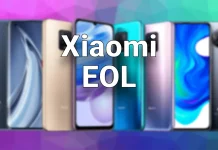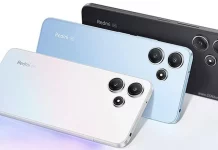Xiaomi has become the leading TV manufacturer in China and India over the past 6 years. The TV developments have followed the market trends, and now the manufacturer has opted for the QLED panel. At least for the Xiaomi Mi TV 5 Pro models. 8K support has been added, the aluminium casing has been made even thinner, and even more powerful hardware is being used to serve the needs of the AI-heavy PatchWall system.
Xiaomi Mi TV 5 family
Available in three sizes (55″, 65″, 75″), the Mi TV 5 family comes with 3GB of RAM and 32GB of storage. The system remains Android-based PatchWall.
The audio capabilities have been improved, with Dolby Atmos and DTS support with 2x 8W built-in speakers. Unfortunately, neither here nor in the Pro version is there an external sound system that can be connected separately. This leaves us with other manufacturers' systems or we can use the existing set.
All Mi TV 5 and 5 Pro models feature an aluminium frame with a screw-free design that is just 1.8mm "thick". The TV is also just 5.9mm deep at the top.
For the 65″ version, this figure is 6.02mm, and for the 75″ largest metre, it is less than 10mm.
The cavity is 47.1% narrower than the Mi TV 4.
97% with screen ratio
Metal (aluminium alloy) frame
5.9mm thin top (for the 55″ version)
Aluminium alloy frame, screwless design
Aluminium alloy legs
Xiaomi design
Mi TV 5 comes with ninth-generation image processing engine
The 4K resolution, wide colour gamut panel is equipped with the latest image enhancement technology to deliver a detailed, sharp and colour-rich picture.
NTSC colour range 85%
[twenty20 img1="26918″ img2="26914″ offset="0.5″ before="Unoptimized image" after="Optimized image"]
As with cars, we need to learn a few 2-3 letter shortcuts, all designed to improve image quality:
MC-DI: 3D motion compensation grades
EI: Smoothing
GR: Grayscale reduction (the gray veil disappears from the image)
BE: Blue colour extension (a feature of the technology is that the blue colour is inherently less bright, so it is replaced by larger blue pixels or pixel aggregation)
FAC: Reset to movie mode
SR-SCL: Ultra HD resolution zoom
3D-DNR: Extremely clear image display with three-dimensional effect (but not 3D technology)
ICA: Partition colour setting (maybe the possibility to set a custom colour profile)
DNLP: Dynamic contrast enhancement
3D LUT: 3D colour profile
DB: Dynamic block compression
DM: image noise removal
LC: Local contrast
WG: Wide colour gamut colour processing
FTC: Skin tone correction
SNR: Spatial noise removal
There is a lot of image enhancement, but how realistic is the end result? If the manufacturer tunes the many hardware and software image enhancements well, even SD content can produce acceptable quality, but if it overdoes it, it will make things worse. So far, especially in terms of sales, the developers have not missed the mark.
8K support
On the cusp of the 5G era, it's good to have support for 8K content now, although the panel itself is not yet natively capable of such a high resolution. China is already ahead of the curve in producing 8K content, so it's already good to have the benefit of flicker-free playback.
Dolby + DTS decoding
With support for widespread audio encoding, most movies can be played without problems, and the sound is surround sound.
The 4-speaker design is not a bad attempt, as it gives a better sense of spaciousness, with more separation between highs and lows. It's not a substitute for a real sound system, though, with up to 6 speakers. One of the downsides of 'flatscreens' is that their thinness prevents them from putting in a decent-sized speaker, so even if you increase the diameter or the design of the diaphragms, they still fall far short of a 10-year-old HiFi in terms of sound quality.
PatchWall and XiaoAI
For now, the full potential of Mi TVs is only really available in China and India. At the moment, they are only available in Asia, where Xiaomi's own AI voice control works with the smart home system (Chinese-English). It can be used to control the TV, the vacuum cleaner, the air conditioner or any other device integrated into the system.
The Mi TV 5 series also comes with a microphone, 4 of them, which can be used to give voice commands from the side or from a distance.
XiaoAI can also recognise you by voice, so you can use this method to select access to certain content, and set personal recommendations (for children, for example, stories).
Multiscreen interaction
You can view the content you want wirelessly on multiple devices. You can even send a presentation from your phone to your TV.
MIUI 11 also lets you stream movies from your phone.
The TV is capable of VOIP voice and video calls, whether it's a family or work meeting.Gallery sharing is nothing new either, with the ability to share photos selected on your phone or send them to your TV screen.
The whole PatchWall system is a complete whole "media platform", which is why Mi TV is so popular in China and India. Without it, it is a one-armed giant, as we saw with the Global version 4S/4A trio. The bare-bones Android TV system, while simple, lacks many of the conveniences.
Mi TV 5 hardware
For the right performance Amlogic It uses a T972 processor with 3GB of RAM and 32GB of eMMC storage. The processor offers high performance and low power consumption.
The Amlogic T972 is a quad-core processor made using 12 nanometre technology, with a maximum clock speed of 1.9 GHz. The GPU is Mali-G31 MP2, which is plenty enough to display 4K content without any hiccups.The panel itself is still 60Hz IPS with a 178° viewing angle
The A55 cores together deliver a 63% performance increase over the previous T962 SoC. At the same time, power consumption has decreased by 55%.
Mi TV 5 connections
In addition to the antenna connection of the Chinese version, there are 3 HDMI connections, 1 of which is ARC compatible, 2 USB connections, AV input, Ethernet connection and S/PDIF audio output. A CI+ card slot will only be available in the Global version in the future.
Wireless is available with Bluetooth 4.2 and 2.4/5GHz WiFi. If you want to control it by phone, you can control it via WiFi or the infra port.
The 12-button Mi Bluetooth remote control is unchanged, and we expect to see this with the addition of number buttons in the Global version (if there is one).
Mi TV 5 dimensions and weight
55″-size: 123×77,3cm, depth including base 274,9mm
weight when assembled: approx. 17,2kg
Power: 140W
65″-size: 145x90cm, depth including the base 307,6mm
weight when assembled: approx. 25,2kg
Power: 180W
75″-size: 168x97cm, depth including base 307,1mm
weight when assembled: approx. 33kg
Power: 190W
Mi TV 5 prices (Chinese retail price in Yuan, excluding VAT, customs, shipping and handling)
55″: 128.000 Ft
65″: 171.000 Ft
75″: 343.000 Ft
Xiaomi Mi TV 5 Pro family
The main feature of the Mi TV 5 Pro version is the panel based on Quantum Dot technology, which Samsung has become accustomed to abbreviating as QLED. Of course, there's HDR 10+ support, and the MEMC (Dynamic Motion Compensation) image enhancement, which is also found in the Mi TV 4S, is also highlighted.
It provides 108% colour coverage on the NTSC colour gamut, so you can't complain about the visual experience.
The frame is also incredibly thin, with the "Pro" mark in the bottom right corner.
MEMC
Hardware motion compensation provides a natural visual experience.
The integrated MEMC chip ensures sharp display of high-speed moving video content (e.g. sports events, games, etc.).

4K resolution and HDR10+ improve resolution, brightness and contrast.
Thanks to the 9th generation image enhancement, the content displayed is even more realistic, sharper and smoother. The colour adjustment is more flexible and the colour more realistic.
For Xiaomi Mi TV 5 Pro, these are the image enhancement shortcuts:
MC-DI: 3D motion compensation grades
DNLP: Dynamic contrast enhancement
DB: Dynamic block compression
SS: Intelligent detail correction
3D-DNR: Extremely clear image display with three-dimensional effect (but not 3D technology)
FAC: Reset to movie mode
DM: image noise removal
BE: Blue colour extension (a feature of the technology is that the blue colour is inherently less bright, so it is replaced by larger blue pixels or pixel aggregation)
SR-SCL: Ultra HD resolution zoom
WG: Wide colour gamut colour processing
ICA: Partition colour setting (maybe the possibility to set a custom colour profile)
SNR: Spatial noise removal
3D LUT: 3D colour profile
FTC: Skin tone correction
LC: Local contrast
GR: Grayscale reduction (the gray veil disappears from the image)
8K content support
Like the regular Mi TV 5, you can take advantage of the hardware capabilities and play 8K content at 24fps.
97% with display rate, anodised sandblasted aluminium frame
Thanks to the extra thin bezel, the content displayed is almost limitless (if it wasn't a Philips patent, Ambilight could be even more impressive with this design).
The premium quality metal frame is anodised aluminium, sandblasted and polished to a high gloss finish, and the Pro logo is uniquely applied in the lower right corner using a metal nickel finish. In addition to the beautiful design, the top is also extremely thin (less than 10mm).
Aluminium alloy base
Aluminium alloy frame
Top part thinner than 10mm
There is no shortage of designer details, as Xiaomi pays attention to detail ("Designed by Xiaomi")
The system is the same, the interface is PatchWall based and the voice command/control works with XiaoAI.
Until this is provided for European people, we should not hope for similar features. However, there is hope following the Mi TV 4S/4A Global (Spanish) launch on 6 November, where some PatchWall content is already available.
Audio
4 speakers with a powerful and wide sound field. 90 Hz bass and 14000 Hz maximum high frequency reproduction.
The dual Dolby + DTS decoding that is standard on Xiaomi TVs is sufficient for most content.
Mi TV 5 Pro hardware
The processor is the same Amlogic T972, but the RAM is 4GB and the storage is 64GB eMMC. The processor has high performance and low power consumption. The GPU is also the Mali-G31 MP2 found in the Mi TV 5.
The QLED panel is still 60Hz with a 178° viewing angle (or they've removed the speckle)
Connections
In addition to the antenna connection of the Chinese version, there are 3 HDMI connections, 1 of which is ARC compatible, 2 USB connections, AV input, Ethernet connection and S/PDIF audio output. A CI+ card slot will only be available in the Global version in the future.
Wireless is available with Bluetooth 4.2 and 2.4/5GHz WiFi. If you want to control it by phone, you can control it via WiFi or the infra port.
The 12-button Mi Bluetooth remote control is unchanged, and we expect to see this with the addition of number buttons in the Global version (if there is one).
Mi TV 5 Pro dimensions and weight
55″-size: 123x77cm, depth including base 274,9mm
weight when assembled: approx. 17,2kg
Power: 145W
65″-size: 144,6x90cm, depth including base 307,6mm
weight when assembled: approx. 25,2kg
Power: 180W
75″-size: 168x104cm, depth including base 307,1mm
weight when assembled: approx. 33kg
Power: 190W
Xiaomi Mi TV 5 Pro prices (Chinese retail price in Yuan, excluding VAT, customs, shipping and handling)
55″: 159.300 Ft
65″: 215.300 Ft
75″: 430.500 Ft
The 6-member Mi TV 5 family is therefore a very stylish and modern design, with premium materials and a world-class user interface. It's the favourite in Asia right now, so there's no need to go on. The pricing is also friendly, although European imports come at a hefty extra cost. It also requires a service network and adequate support.
The Mi TV 5 series is not expected in Europe this year, but its predecessors, the Mi TV 4S (43″ and 55″) and 4A (32″) are.
Officially presented to the European public on 6 November, the xiaomishop.hu will be launched in the next few weeks, alongside the webshop and physical shop.
The Xiaomi Mi Mall (Arena) store has already indicated that it expects to start selling before Santa Claus.



















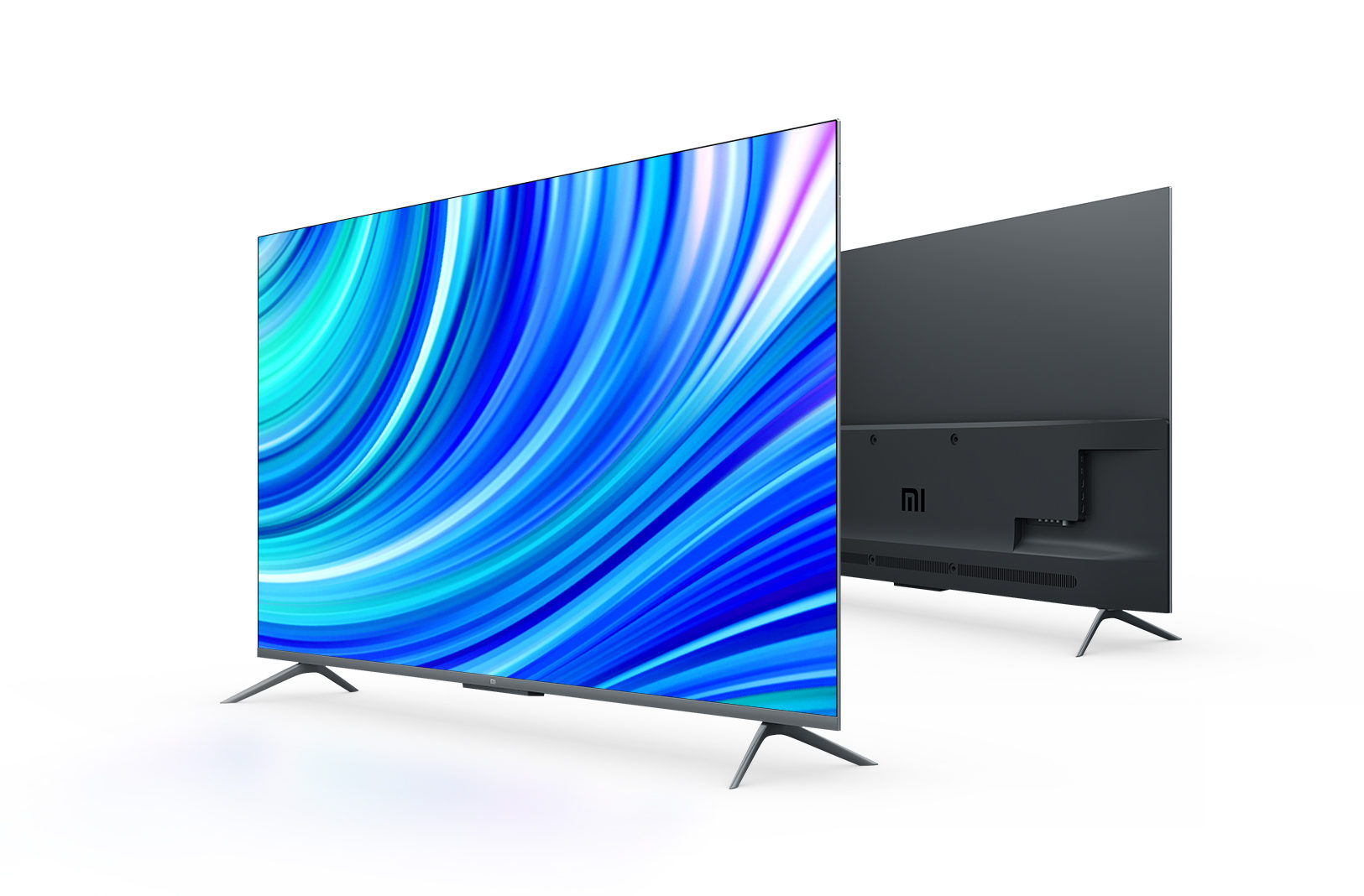

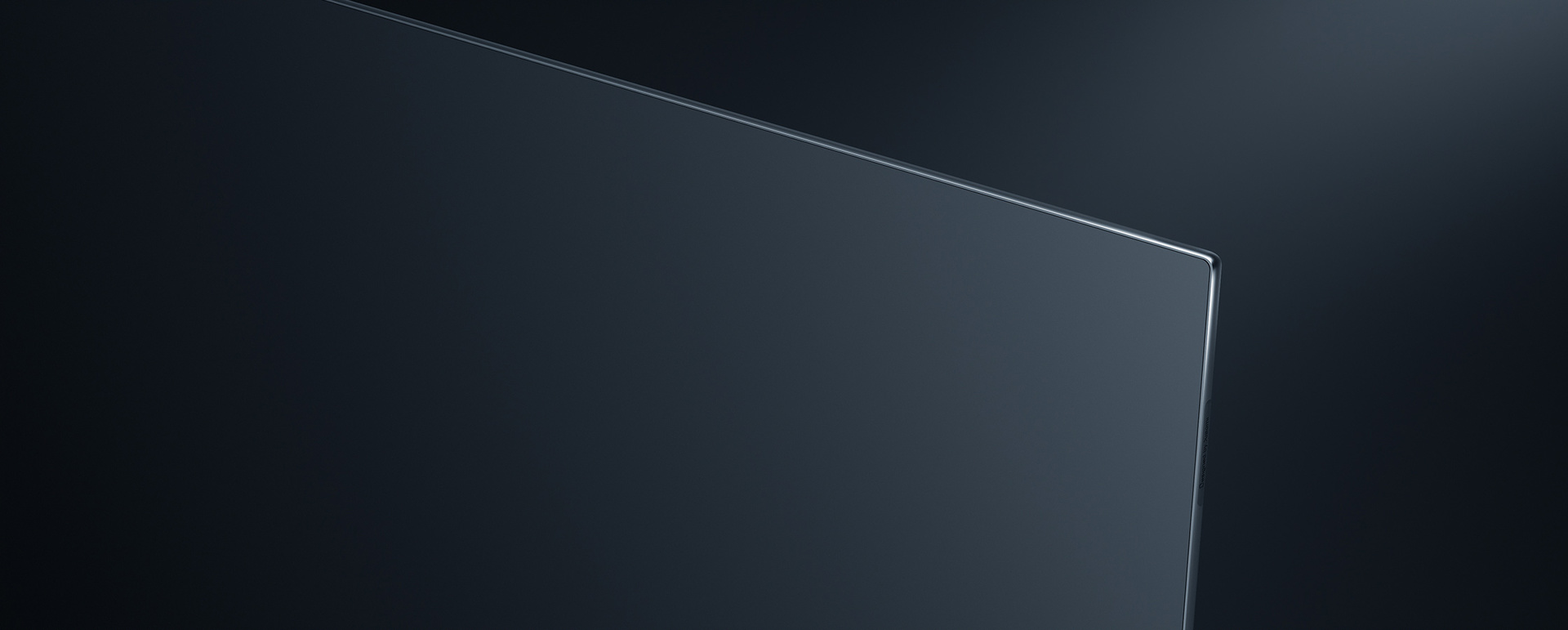
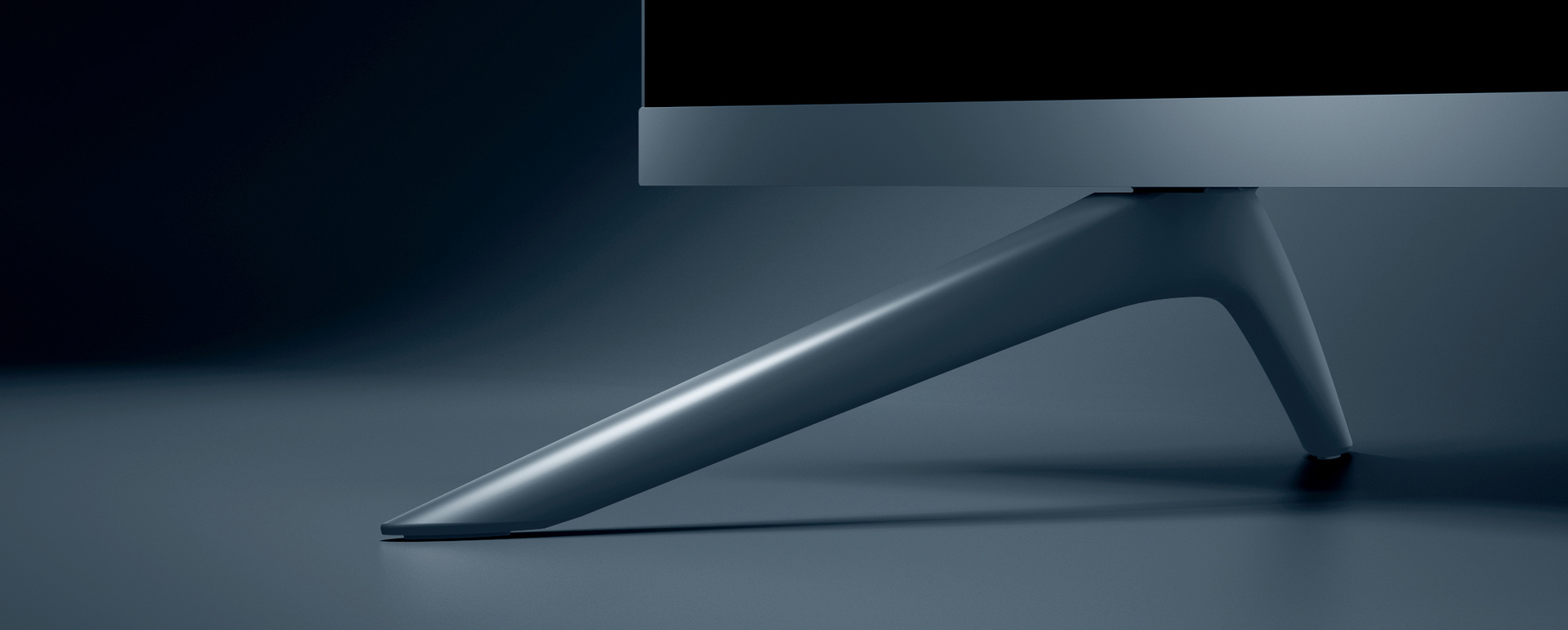





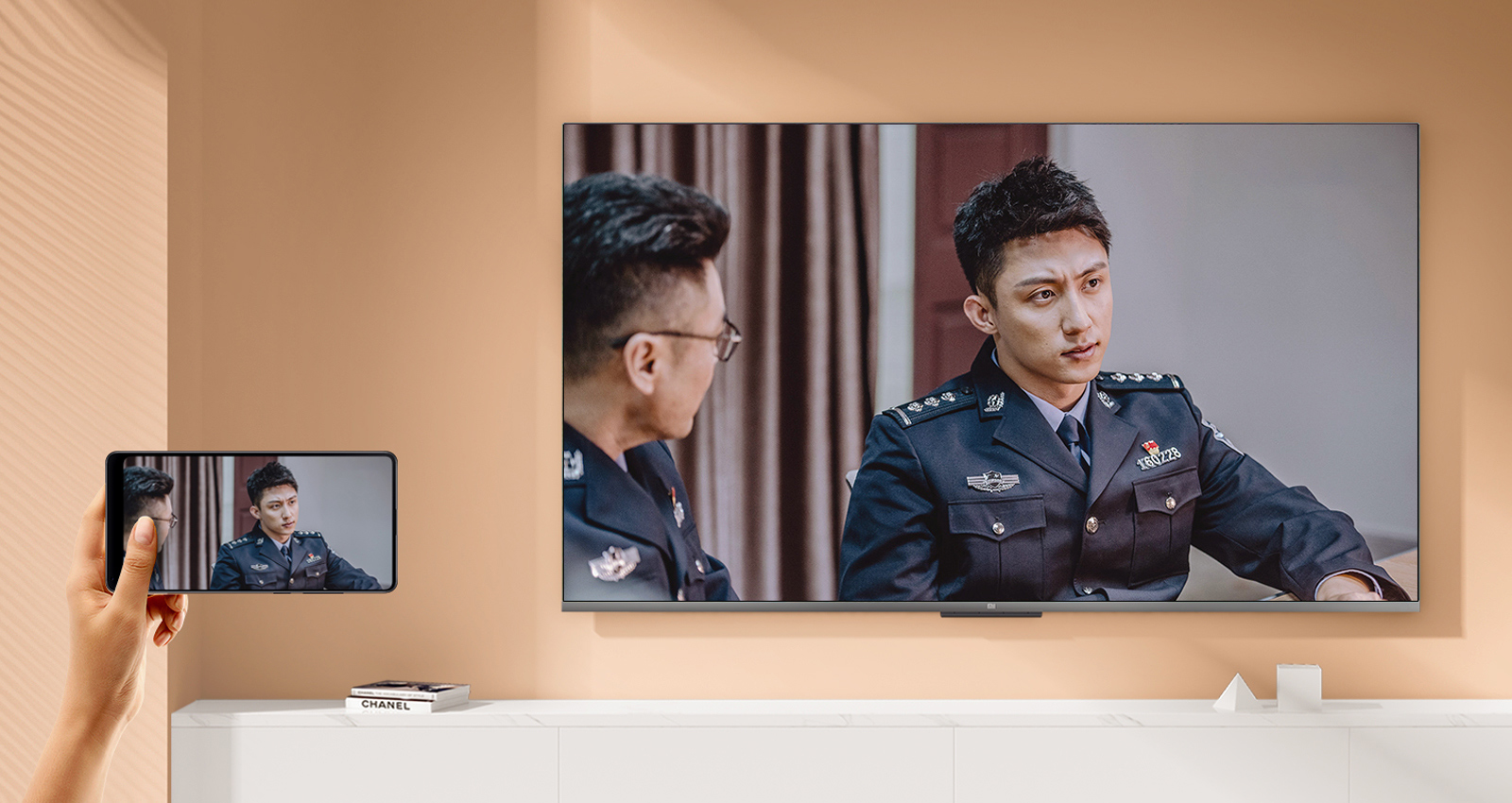
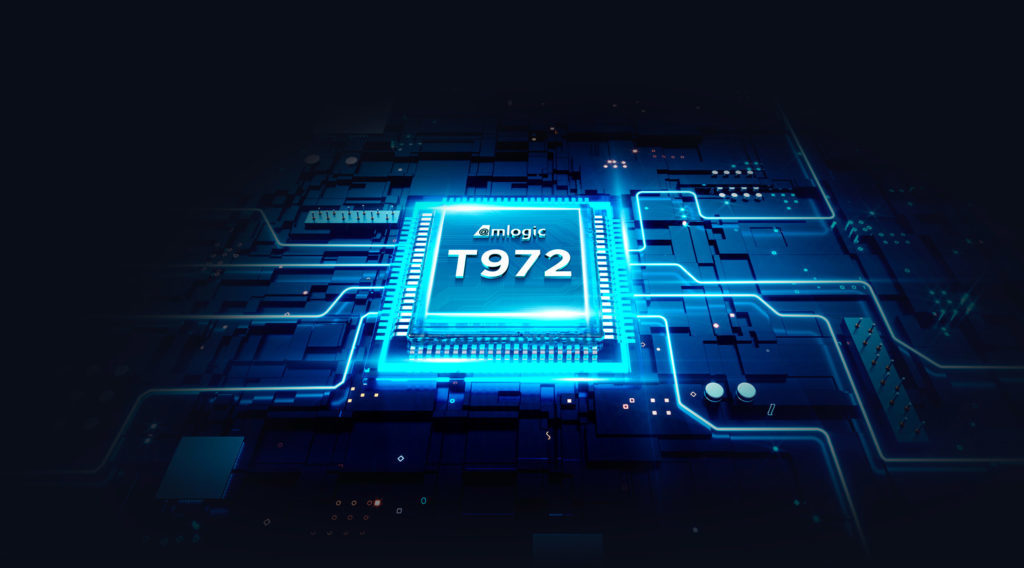
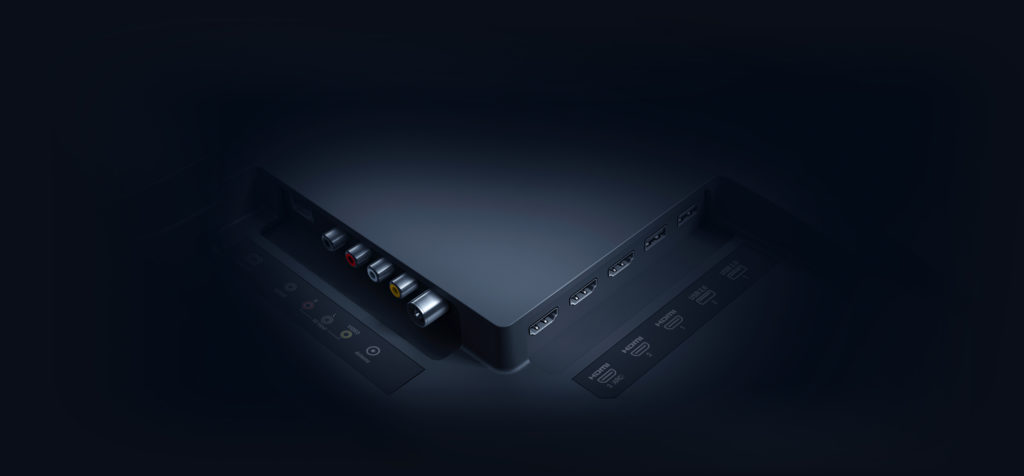








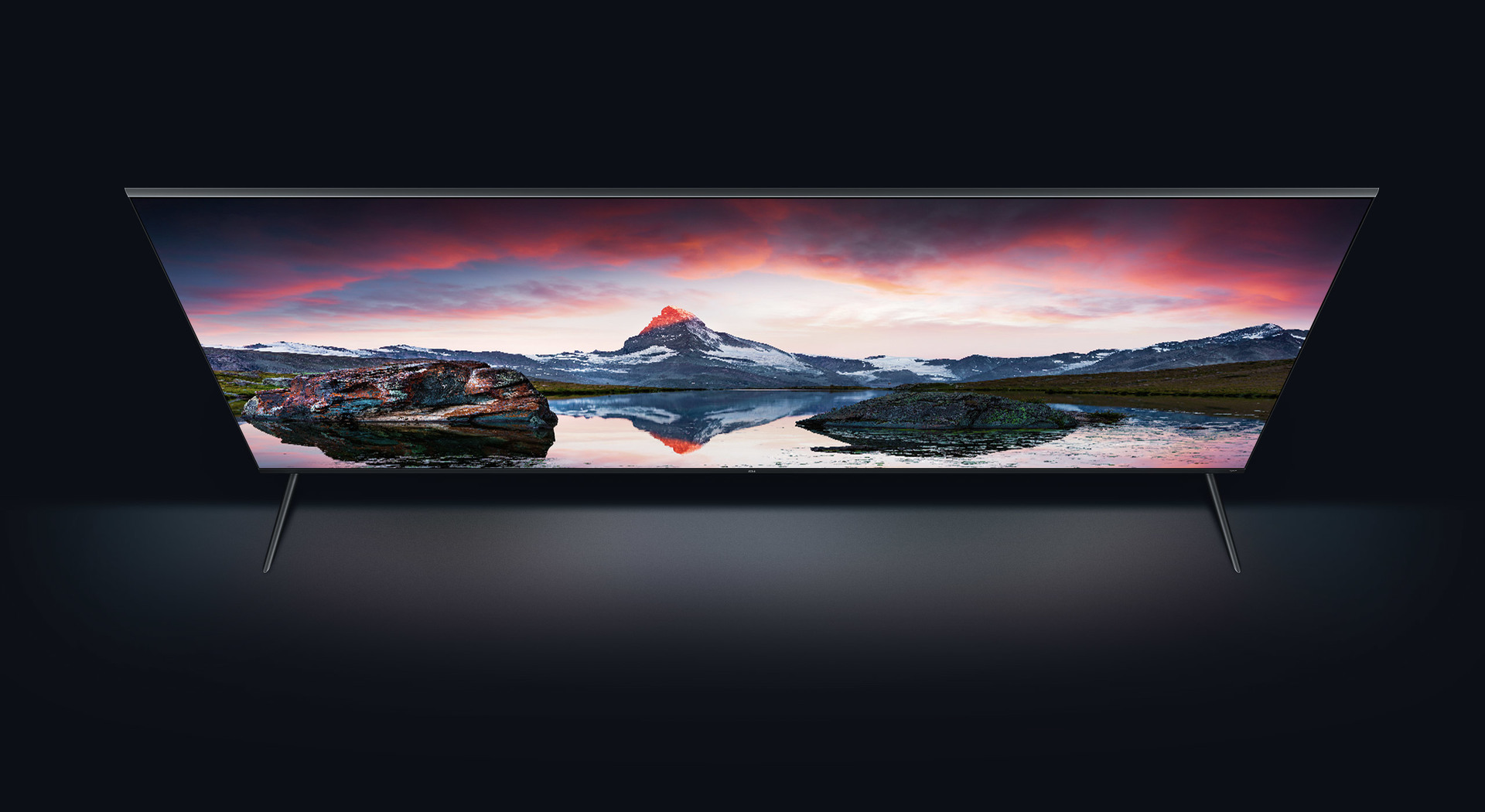
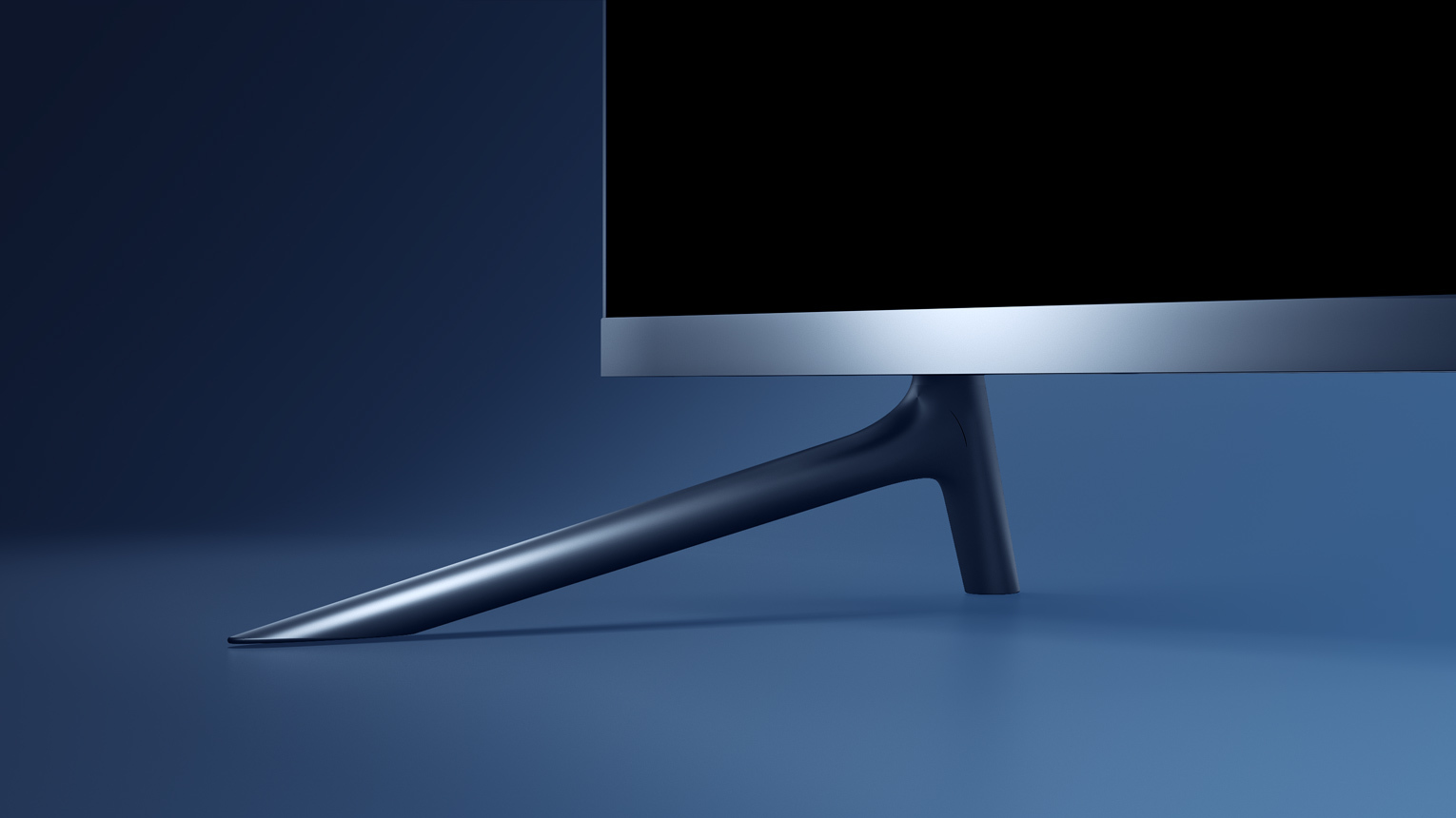



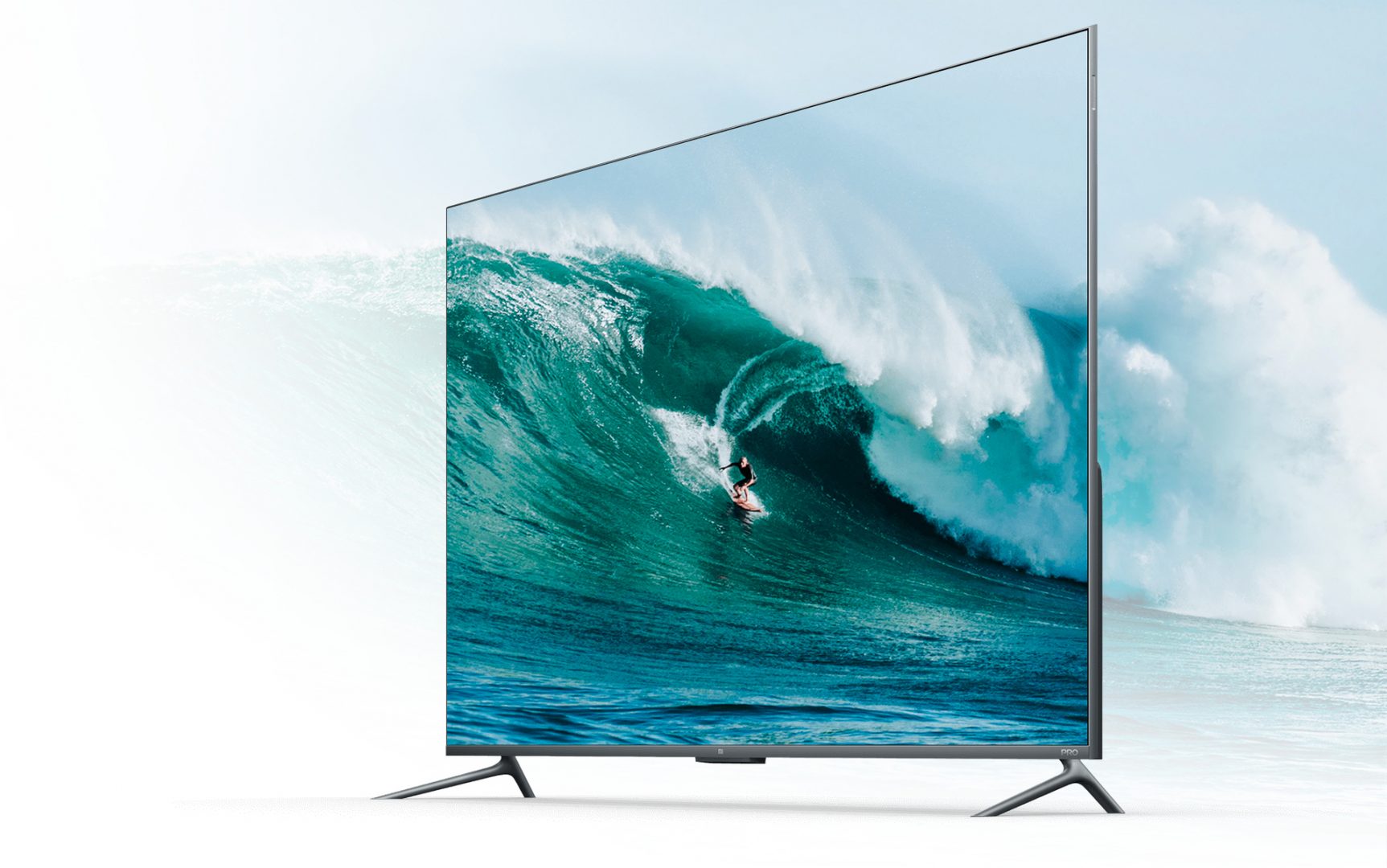

![[150] HyperOS heti hibajelentés](https://helloxiaomi.hu/wp-content/uploads/2024/04/hyperosbugreportindex-218x150.webp)
